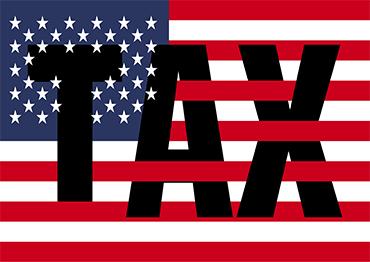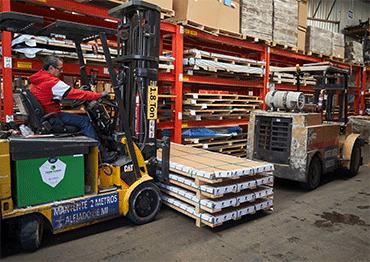Trump has started to deliver on his campaign promises, firing the latest shot on February 4 by imposing an additional 10 percent tariff across the board on Chinese imports.
China responded within moments with retaliatory measures, including a 15 percent tariff on imports of US coal and liquefied natural gas products, and a 10 percent tariff on crude oil, agricultural machinery and large engine cars starting from February 10, the same day the US tariffs took effect.
China also announced new export controls on five metals, including tungsten, tellurium, bismuth, molybdenum and indium, by requiring licensees to export products related to the minerals. These metals are widely used in defense, clean energy and other industries, and it is estimated that China produces 80 percent of the world’s tungsten.
Moreover, China launched an anti-monopoly probe into technology giant Google, adding PVH, the US owner of designer brands Calvin Klein and Tommy Hilfiger, to its “unreliable entity” list.
According to Ding Ru, an associate professor at the China University of Political Science and Law, China’s response is both precise and restrained. “By targeting specific products and imposing different tariffs, China ensures a precise impact while avoiding excessive reactions that could hurt the interests of Chinese companies of relevant industries,” Ding told NewsChina, “In the meantime, it leaves room for future dialogue and negotiation.”
In the meantime, China filed a lawsuit with the World Trade Organization (WTO) against the US, although it is unlikely that the WTO can take any meaningful action as the US has blocked the appointment of new judges to the WTO’s seven-member appellate court since 2017, which has paralyzed its dispute settlement mechanism.
Although it is largely symbolic, bringing the case to the WTO can highlight China’s image as the defender of multilateralism and a responsible major power, Ding said.
While the additional tariffs fall far short of Trump’s previous threats of 60-200 percent, China’s swift reaction indicates that the Chinese government is getting ready for the Trump 2.0 era.
In a commentary published by Singapore-based Lianhe Zaobao on November 12, Zhu Feng, professor and dean of the School of International Studies, Nanjing University, said it has become utterly clear that the US will continue its aggressive approach to contain China in the Trump 2.0 era. “As the US has firmly targeted China as its biggest rival, it is nearly impossible to make any substantive easing of bilateral tensions in the short and midterm,” Zhu said.
However some are still hopeful that it is not too late for the two countries to reach a deal. In a commentary published by the Chinese version of chinausfocus. com on February 14, Zhang Monan, deputy director of the Institute of American and European Studies, China Center for International Economic Exchanges (CCIEE), said the two countries still have the potential to reach a “comprehensive framework agreement.”
Zhang argued that although Trump’s cabinet is stacked with China hawks, Trump remains the final decision-maker. As someone who enjoys exercising power and considers himself a “deal-making president,” “Trump may still be flexible regarding his China policies,” Zhang said.

 Old Version
Old Version


